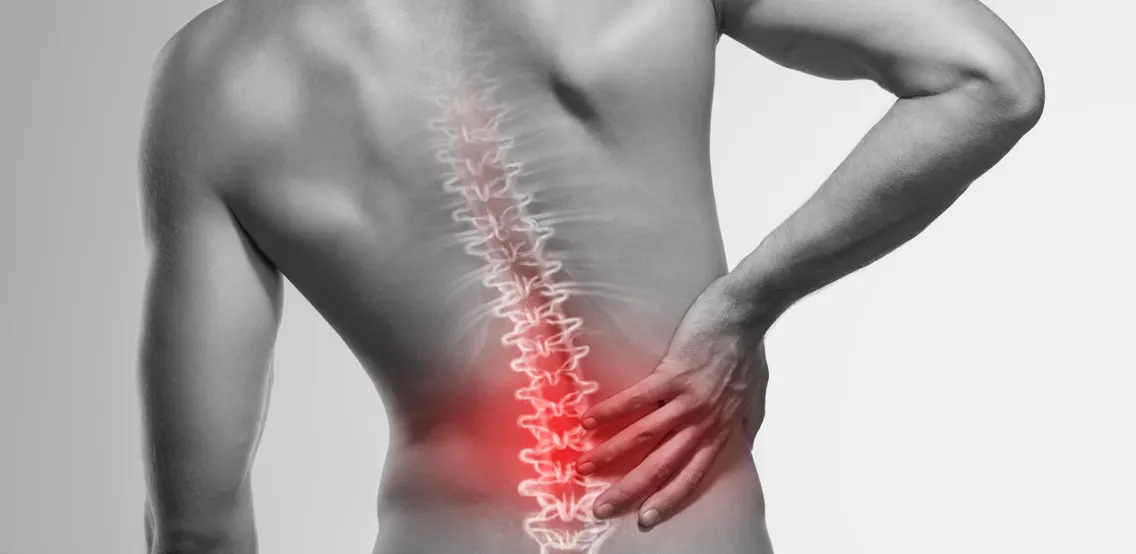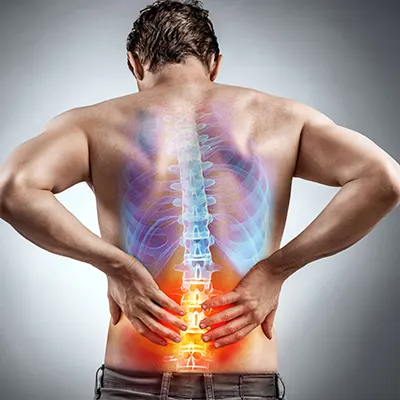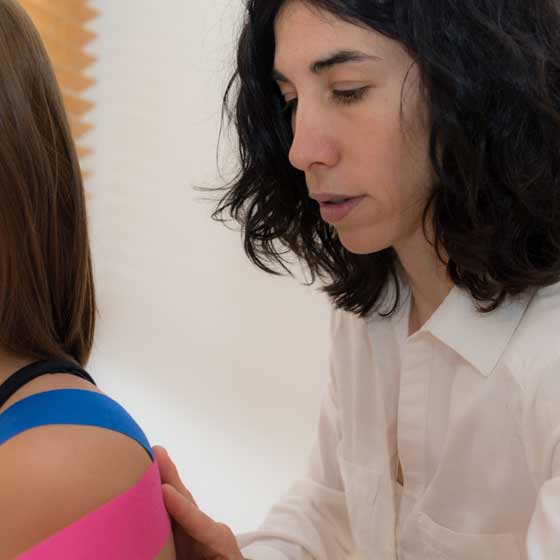Understanding low back pain
The first thing to clarify when talking about low back pain is that the term refers to a very broad concept. The term “low back pain” does not help determine the exact cause of back pain since it refers to the location of the pain, which is the lower back region.
Since the lower back is made up of several structures, it is important to find the ones that are at the origin of the lower back pain to be able to propose a follow-up by the chiropractor that will be effective and adapted.
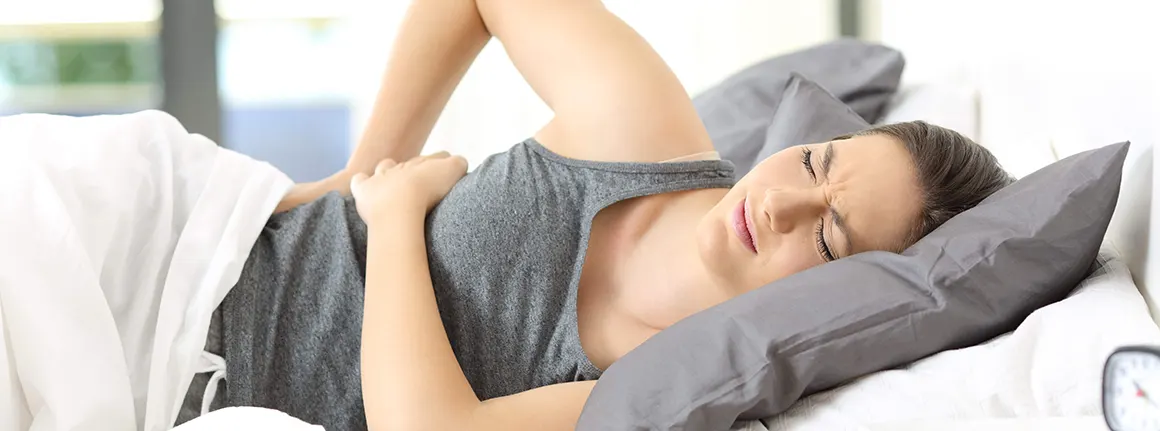
- Vertebrae (spine, vertebral joints)
- Intervertebral disc (herniated disc, osteoarthritis in the joints)
- Pelvis (sacroiliac joints, arthrosis)
- Hip (osteoarthritis, decreased range of motion of the joint, tendonitis)
- Muscles (muscle sprain, muscle stiffness, tendonitis, capsulitis)
- Spinal cord (compression, nerve root damage such as sciatica)
- Ligaments (ligaments of the pelvic joints, spine, hip joints)
Since your chiropractor has the necessary training to evaluate, diagnose and propose an appropriate follow-up to improve back pain, there is no doubt that he or she will be able to determine which structures are involved and relieve back pain.
Passionate, Dr Valery Bergeron, chiropractor, from Tonika Clinique Chiropratique, will be able to put her patient in confidence in the follow-up of his back pain and thus relieve his pain.
How low back pain develops
The above mentioned anatomical structures can be affected in different ways, which, once again, requires an evaluation by a health professional such as your chiro, trained in chiropractic health and diagnosis.
What will my chiro do if my back hurts?
Having a global vision of health, the chiropractor does not only focus on the pain: he considers his patient as a whole. He does not only want to relieve the pain. He is concerned with optimizing people’s health, allowing natural healing and offering personalized advice to avoid recurrence and improve quality of life.
The chiropractor has a first line role, meaning that he can be consulted without being referred by another health professional. On the other hand, if he deems it appropriate to work in conjunction with a member of another profession, he will collaborate to improve the quality of life of his patient. Although his approach is natural, he assesses his patient’s needs and may refer him to his physician for medical treatment such as the use of anti-inflammatory drugs to help the healing process when necessary.
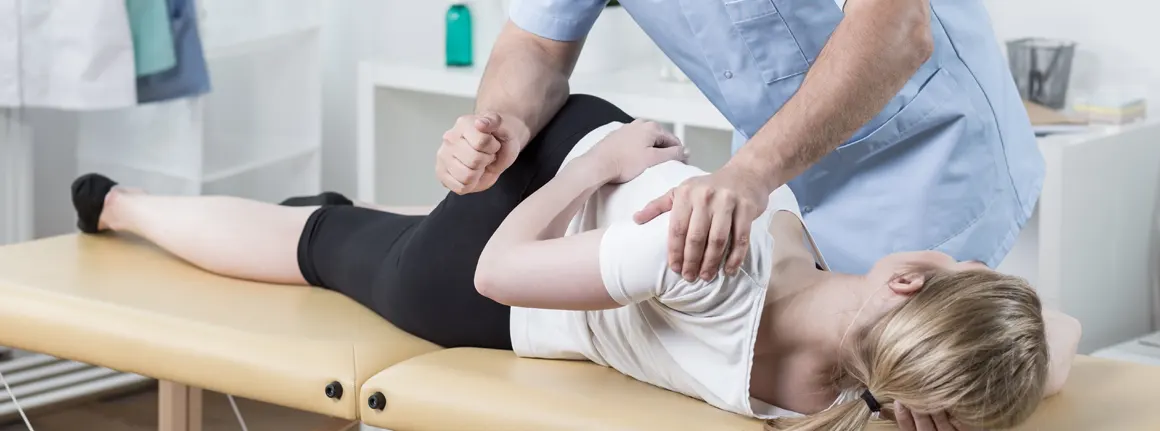
- Improved sleeping posture to relieve pain at night
- Muscle exercises (strengthening/stretching)
- Physical activities that are less demanding on the lower back (e.g. swimming)
- Improving work posture
- General advice on neuromusculoskeletal health
Tonika Clinique Chiropratique, the solution for your back pain! Montreal • Saint-Lambert!

